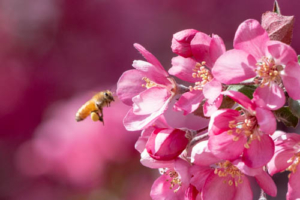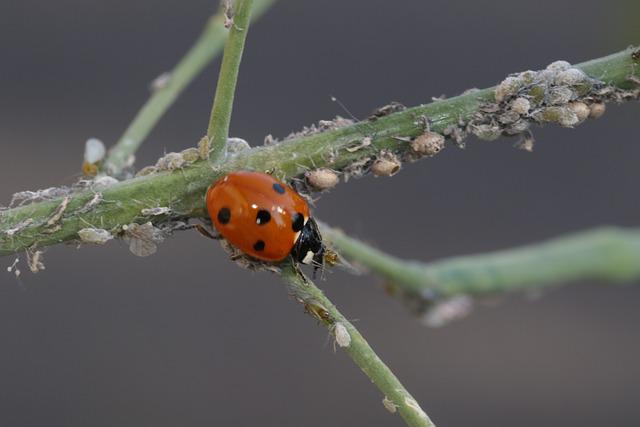Bring More Sweet Smells Into Your Life
Find Your Favorite Fragrant Flowers
By Engrid Winslow

Photo courtesy of Joe Winslow
Do gardeners love fragrance because they are gardeners or are they gardening because they enjoy fragrance? It’s sort of a “chicken and the egg” concept, but no gardener can deny that growing plants is a sensory experience. Whether it’s brushing against basil or tomatoes while harvesting or inhaling the smell of a rose, those of us who garden seek out sweet (even unusual) smelling plants. If you enjoy the spicy scent of marigolds or the heady aroma of peonies then you surely want to bring fragrant flowers and plants into your life.
Fragrance can bring back memories or promote relaxation. Lavender is the most well-known fragrance added to various products that help us relax and even fall asleep. The best way to bring fragrant flowers into your garden is to plant them where the fragrance can be enjoyed when you are outdoors. Place them near walkways, front and back doors, benches and under bedroom windows so the smell can be appreciated. Also, consider the seasons when they bloom for year-round enjoyment.
Fragrance in flowers falls into 4 major categories: Floral, Fresh, Spicy and Woodsy are the primary scents. Floral smells are sweetly fragrant and include flowers such as stock, lilies, sweet pea, alyssum, lily of the valley and phlox. If you like spicy then be sure to include marigolds, sage and carnations. Fresh scents include lavender and mint while you can add the woodsy smell with rosemary and thyme.
There are public gardens, that were designed with fragrant flowers in mind and in honor of the blind, that are worth a visit if they are near you. If not, then just notice what you are smelling as you walk your neighborhood and garden centers. Sometimes a smell will surprise you, require investigation and then add to your home garden.


